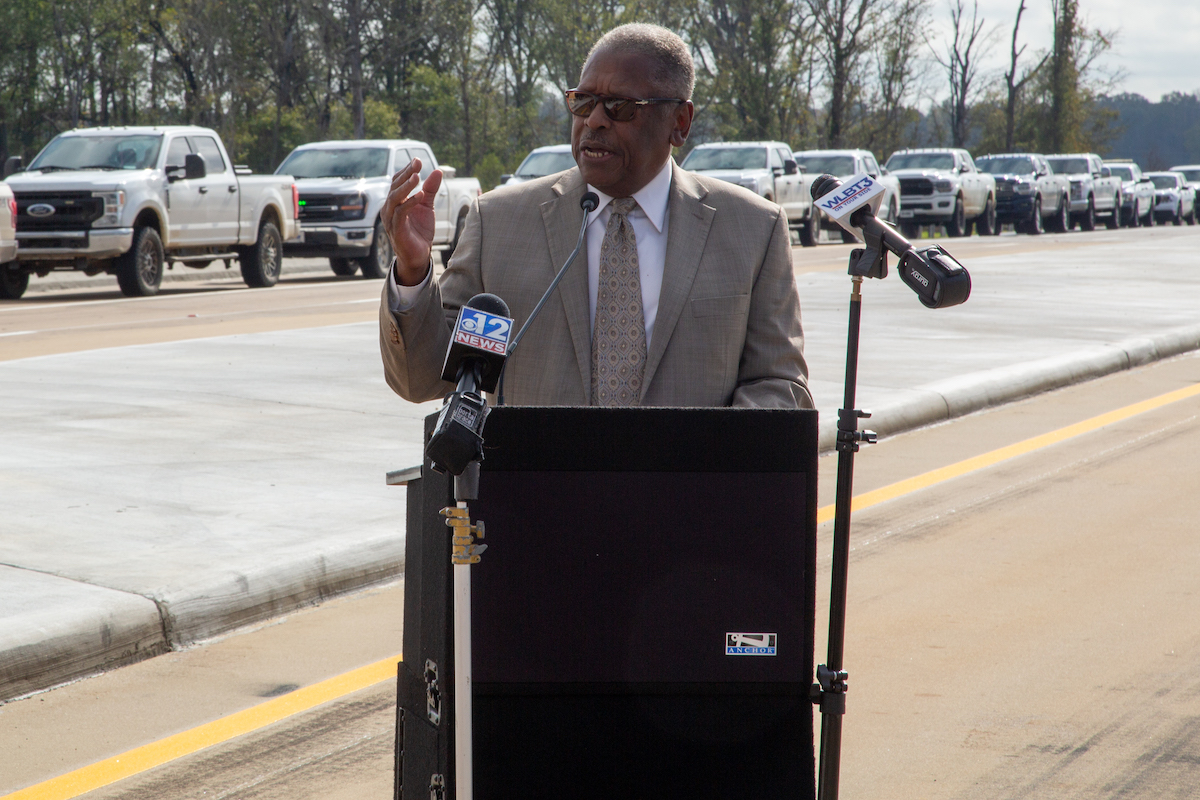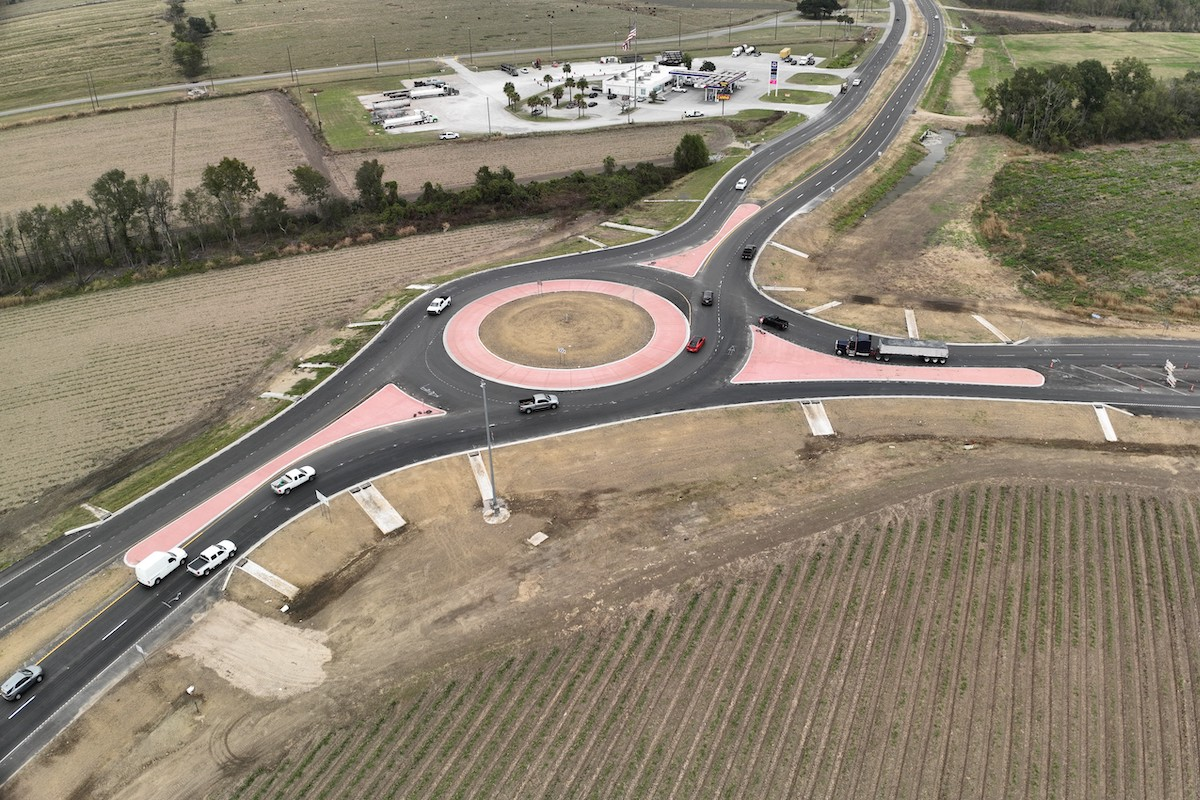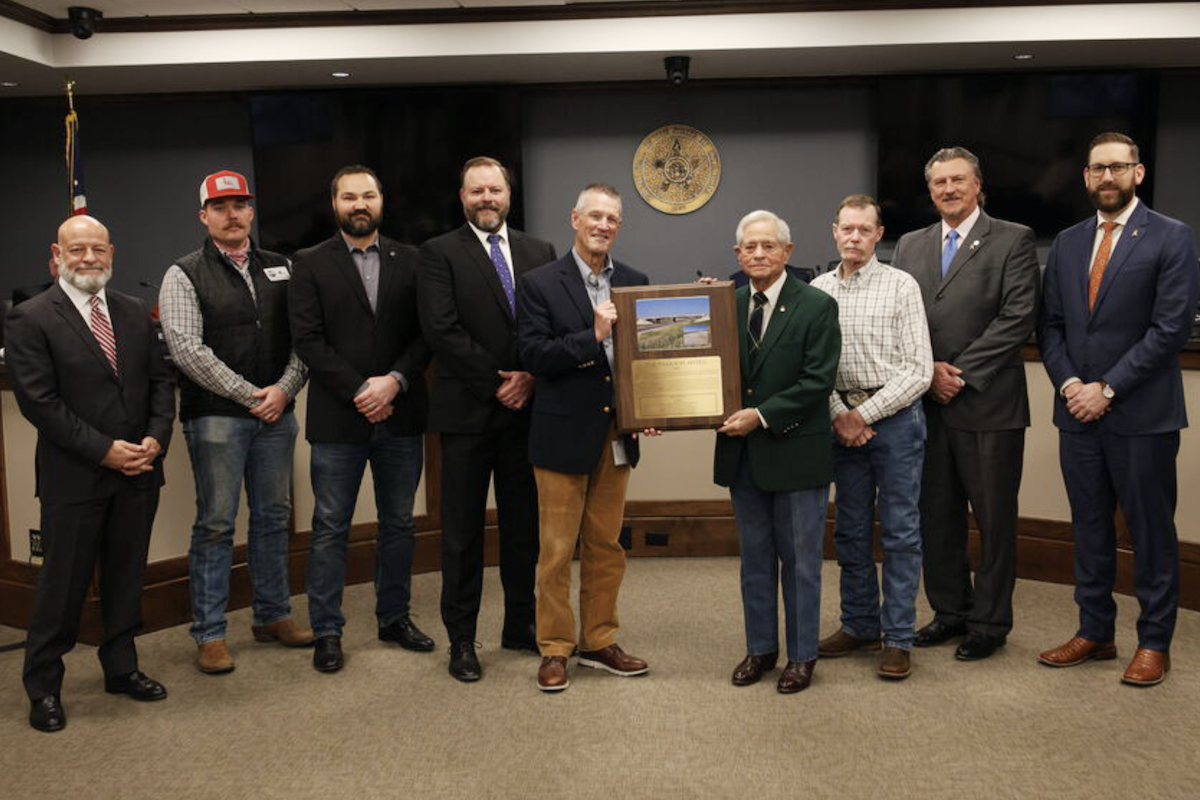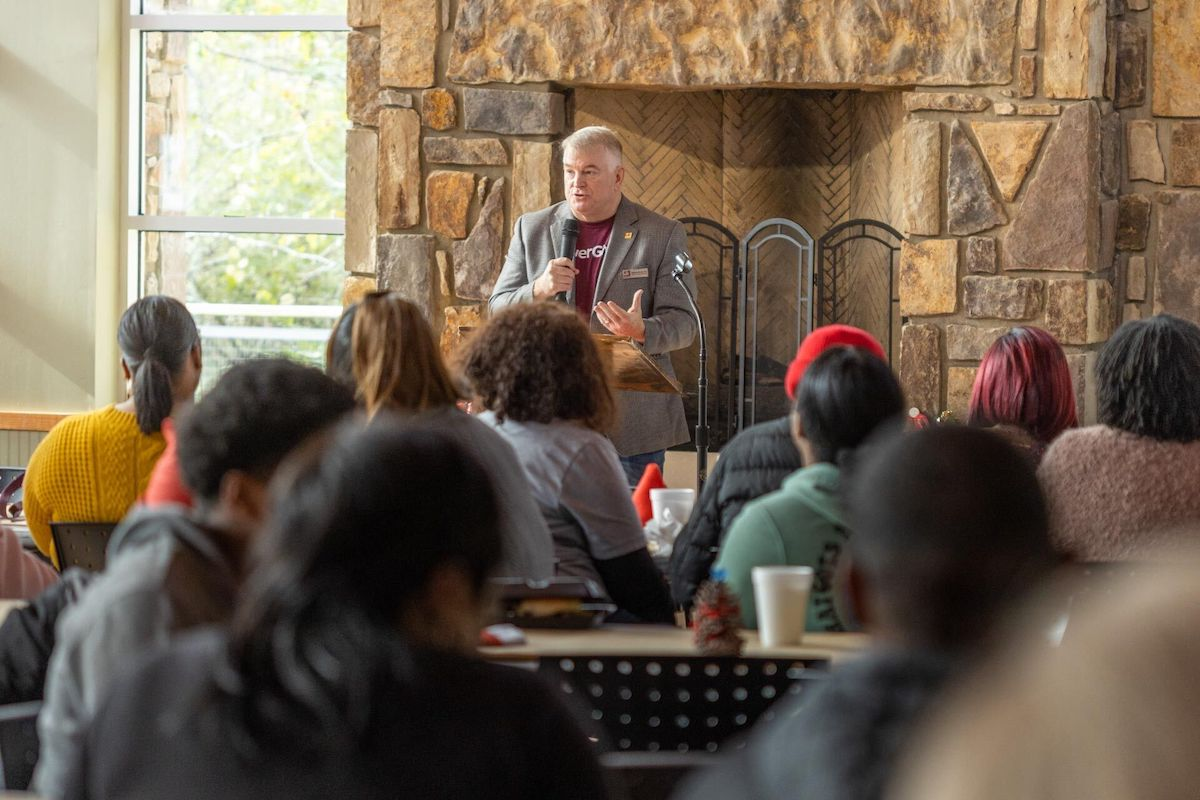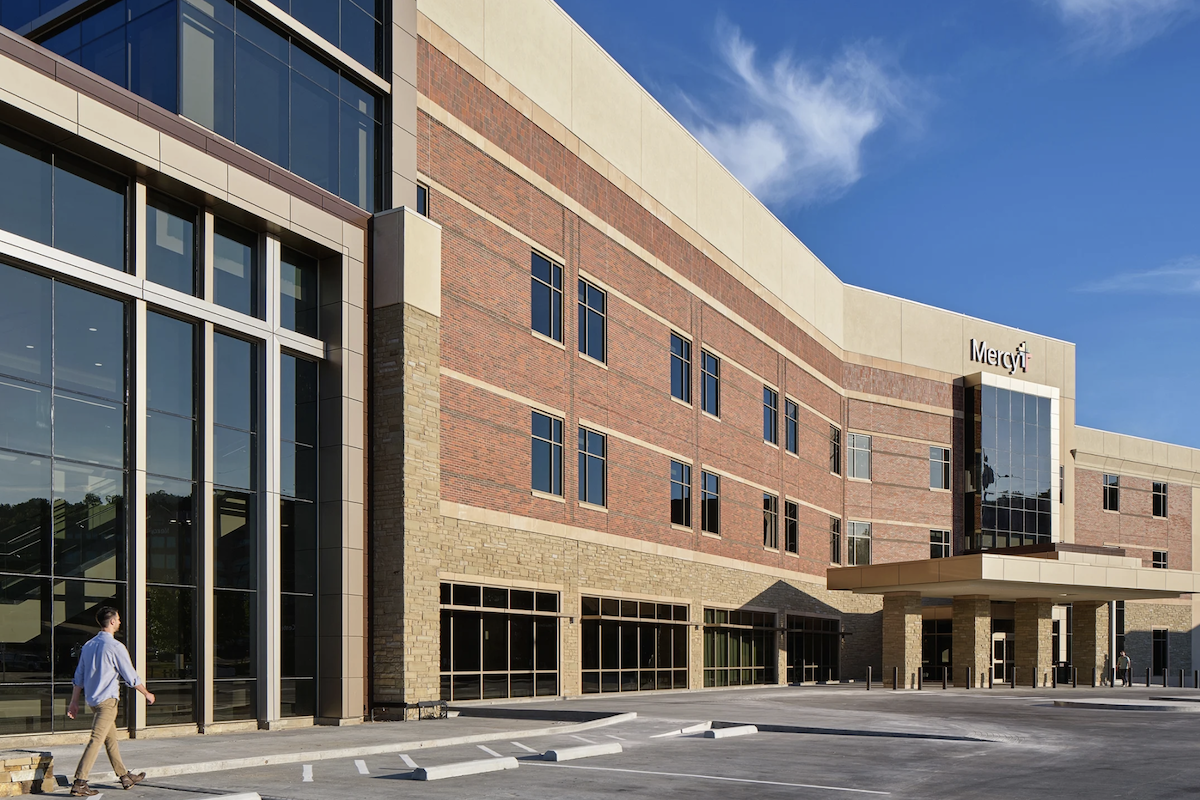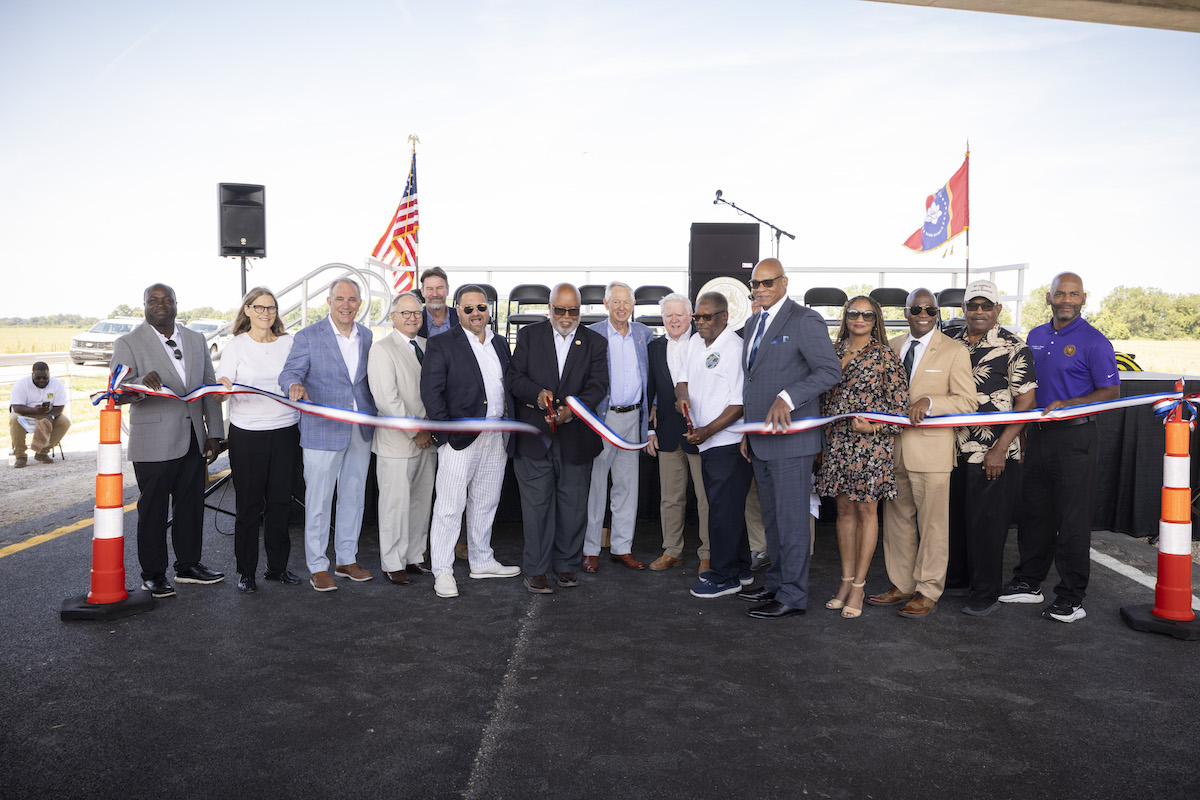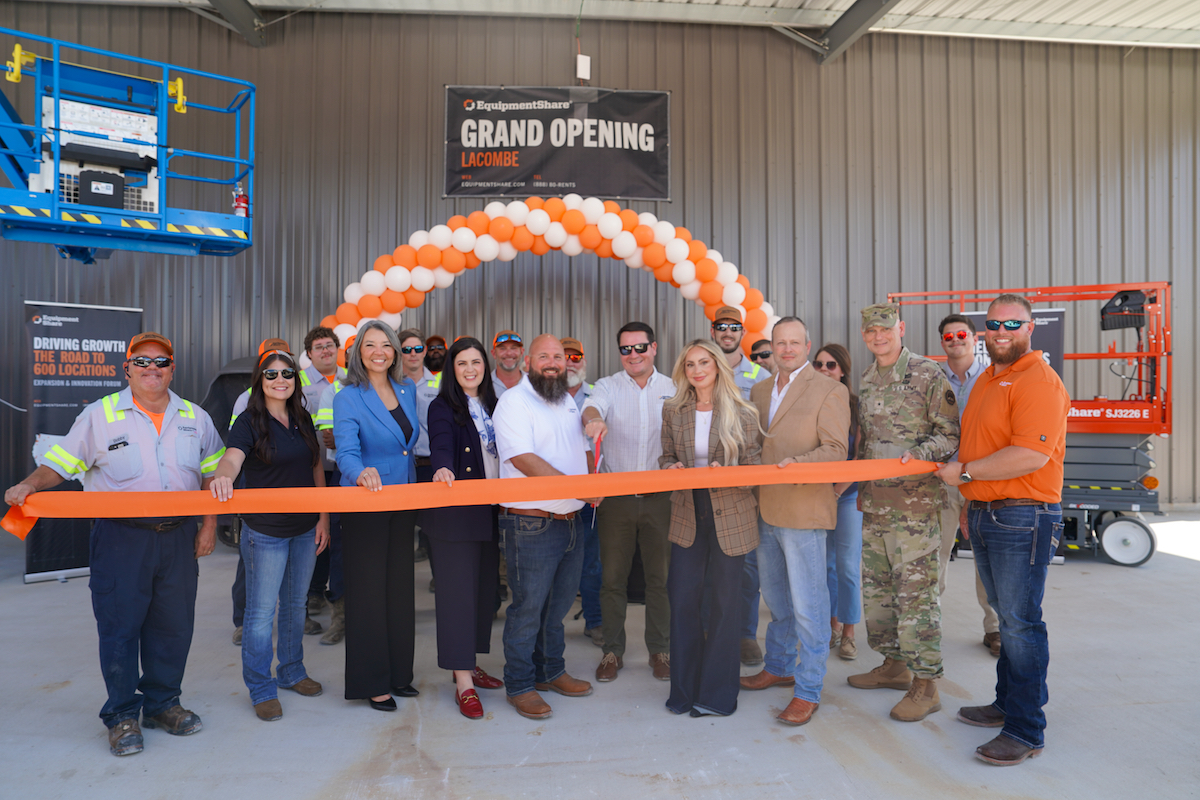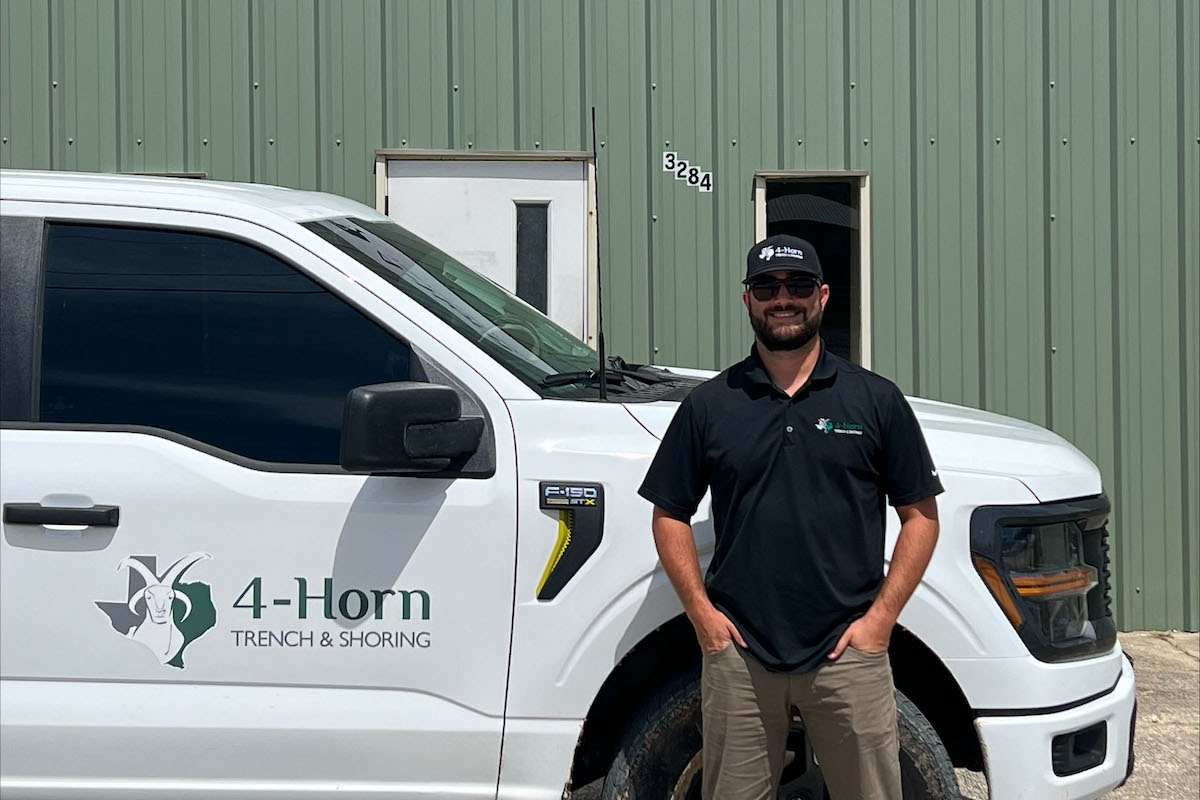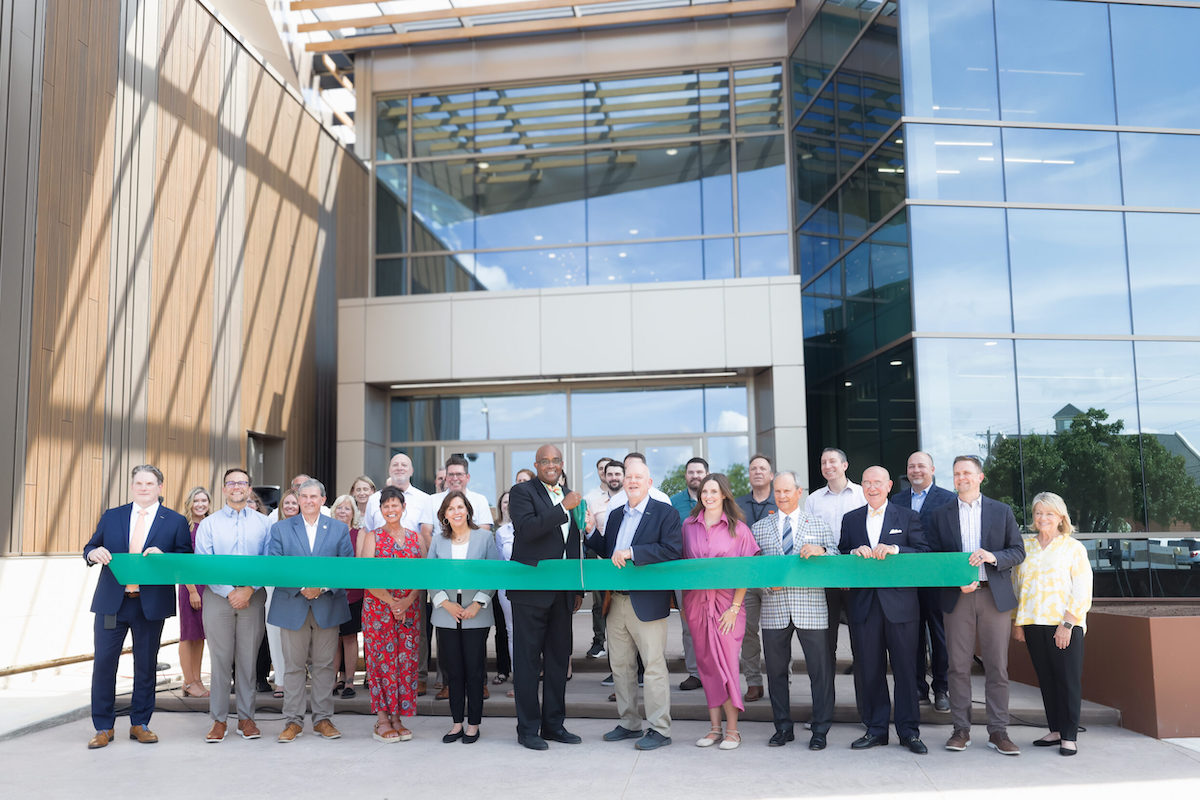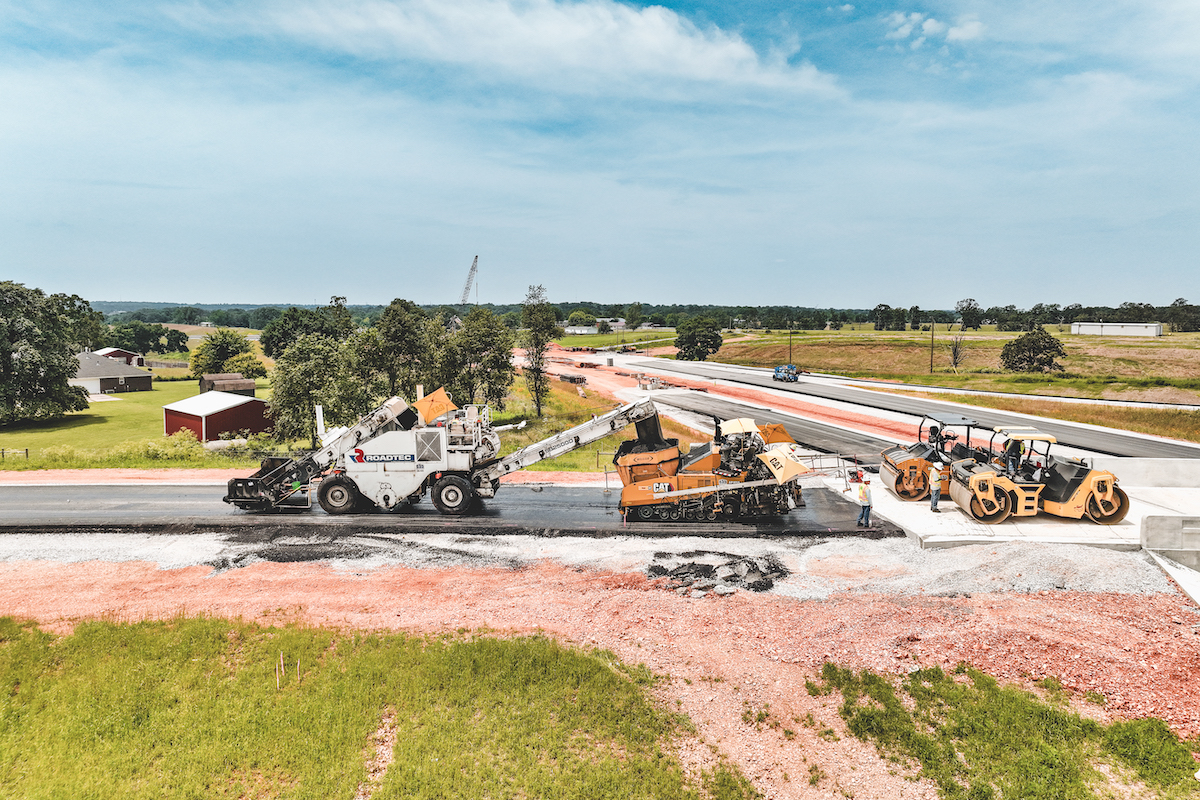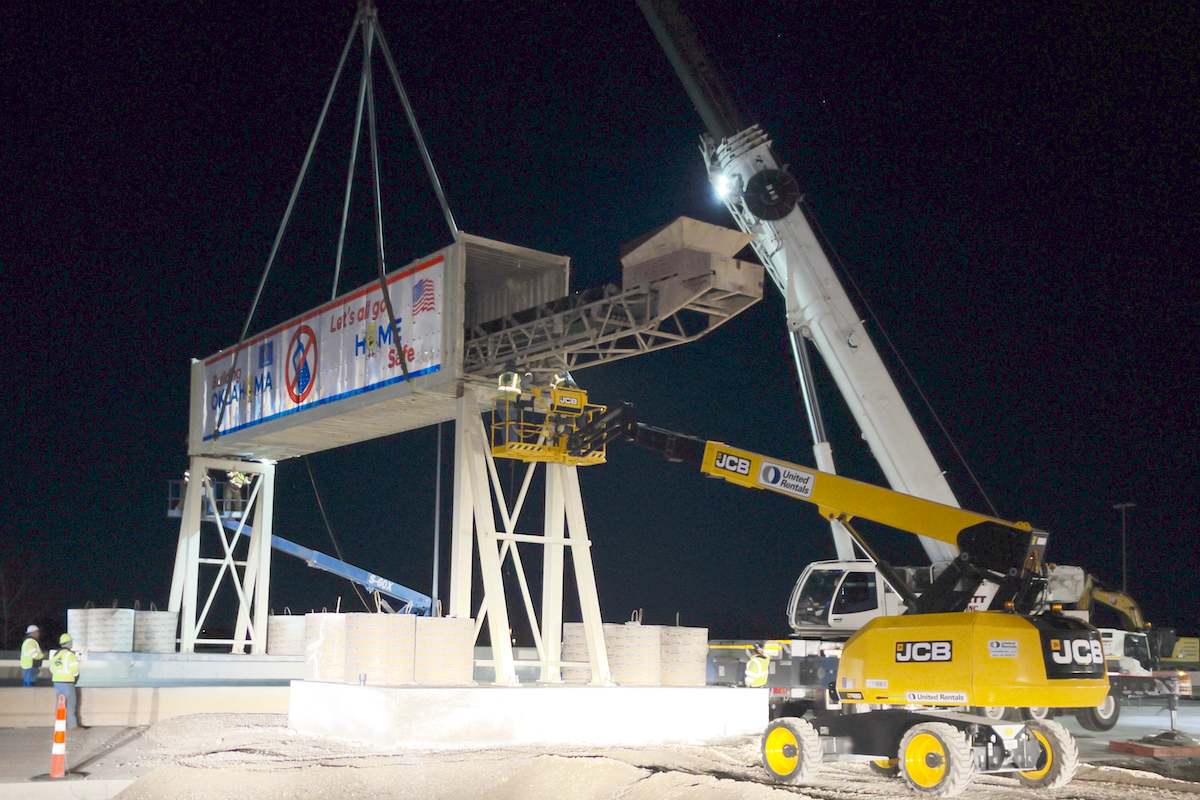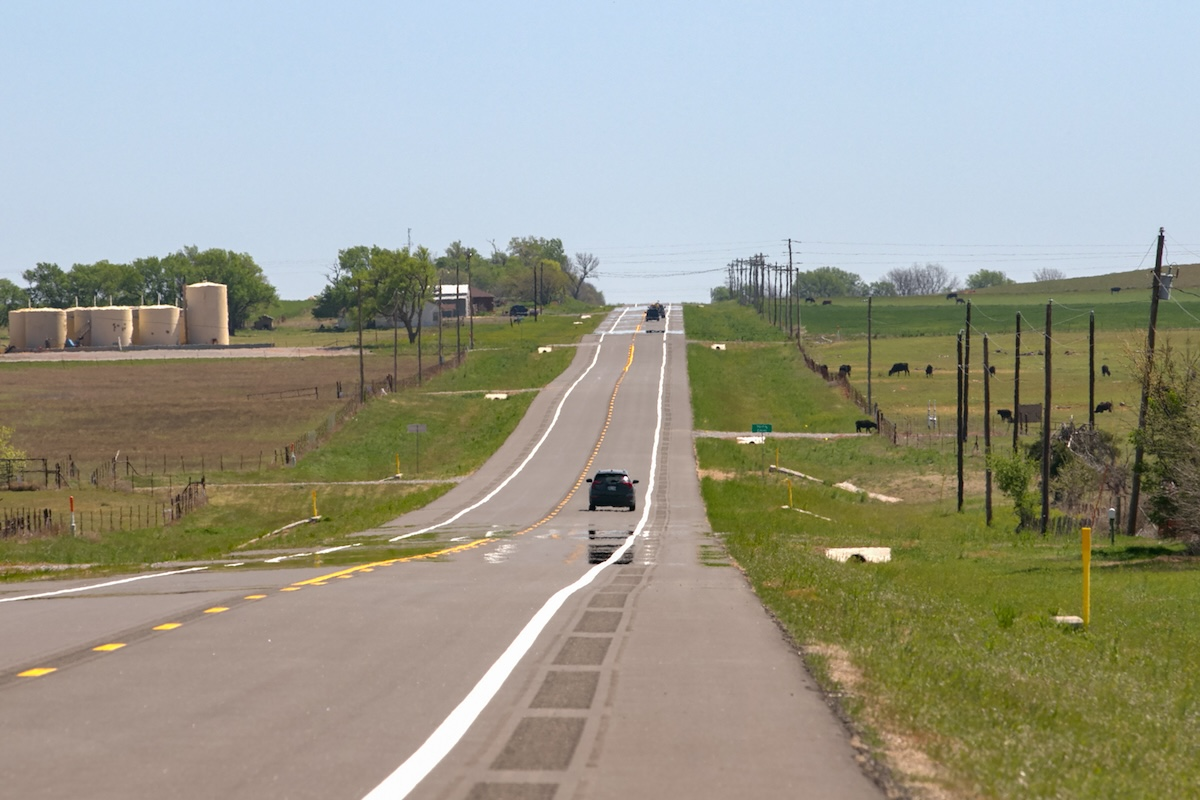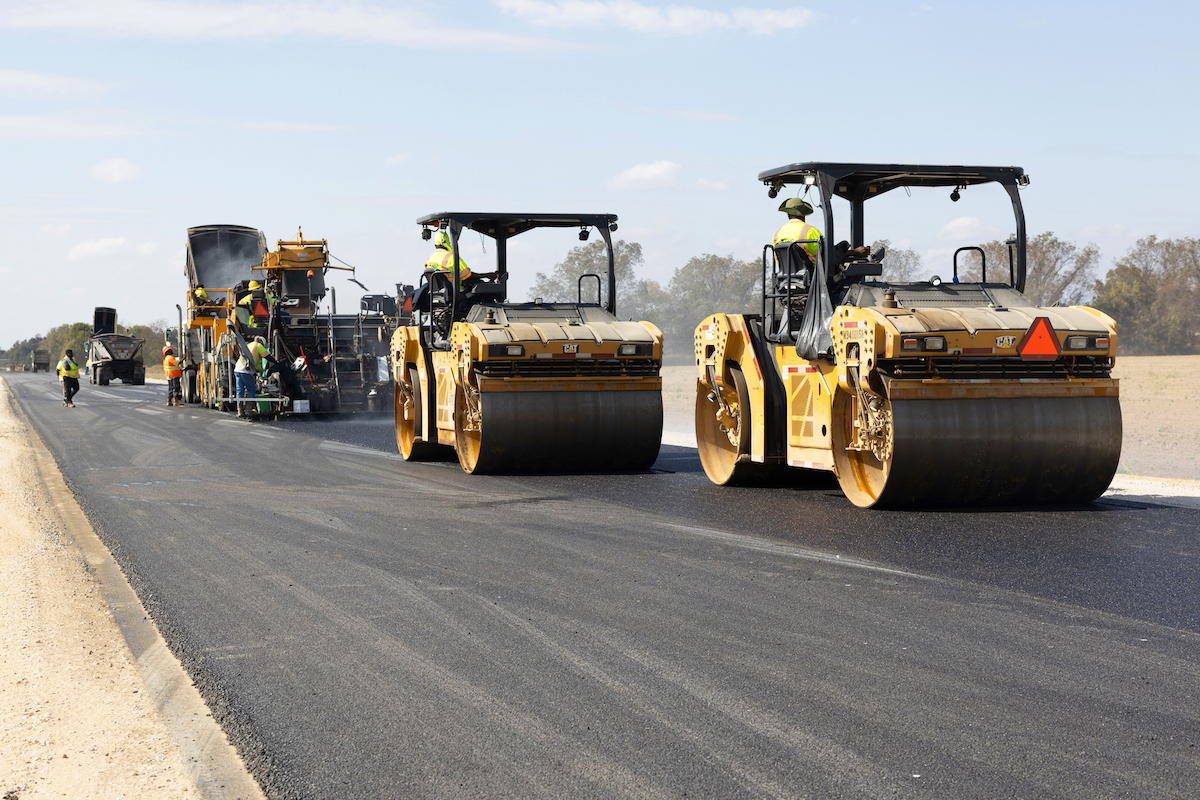“On behalf of the Biden-Harris Administration and USDOT, I am proud to deliver this $113.8 million investment to Oklahoma. This financing, combined with two prior loans, will improve over 100 miles of rural roads, enhancing safety and preventing injuries in communities across the state,” Deputy Transportation Secretary Polly Trottenberg said. “USDOT is committed to ensuring that all communities, regardless of their size or location, have access to safe and reliable infrastructure.”
The rural two-lane network in Oklahoma accounted for approximately 65 percent of all serious and fatal crashes in the state, primarily due to the lack of shoulders. The Rural Two-Lane Advancement and Management Plan (RAAMP) Phases 3, 4, and 5 projects will improve 53 miles of rural roads by adding 8-foot shoulders, rehabilitating and resurfacing 59 miles of roads and structures, and replacing three bridges and four concrete bridge boxes.
The use of TIFIA loans in Oklahoma results in significant cost savings and safety benefits through accelerated project delivery. An independent analysis conducted by the Build America Center at the University of Maryland reveals that the shoulder improvement program through these three contracts and the TIFIA financing accelerates project delivery by six years, resulting in $37.8 million in construction cost savings. The projects will save lives, amounting to an estimated $38.7 million in safety benefits, along with environmental improvements and maintenance cost reductions.
“The Oklahoma Department of Transportation is thankful for Rural TIFIA loans that provide additional financial means to complete roadway safety improvements years sooner than if funding were secured through other means, while also helping limit the effects of inflation,” Oklahoma Director of Transportation Tim Gatz said. “The RAAMP program is vital because updating rural highways with safety devices adds up to life-saving benefits for the traveling public.”












